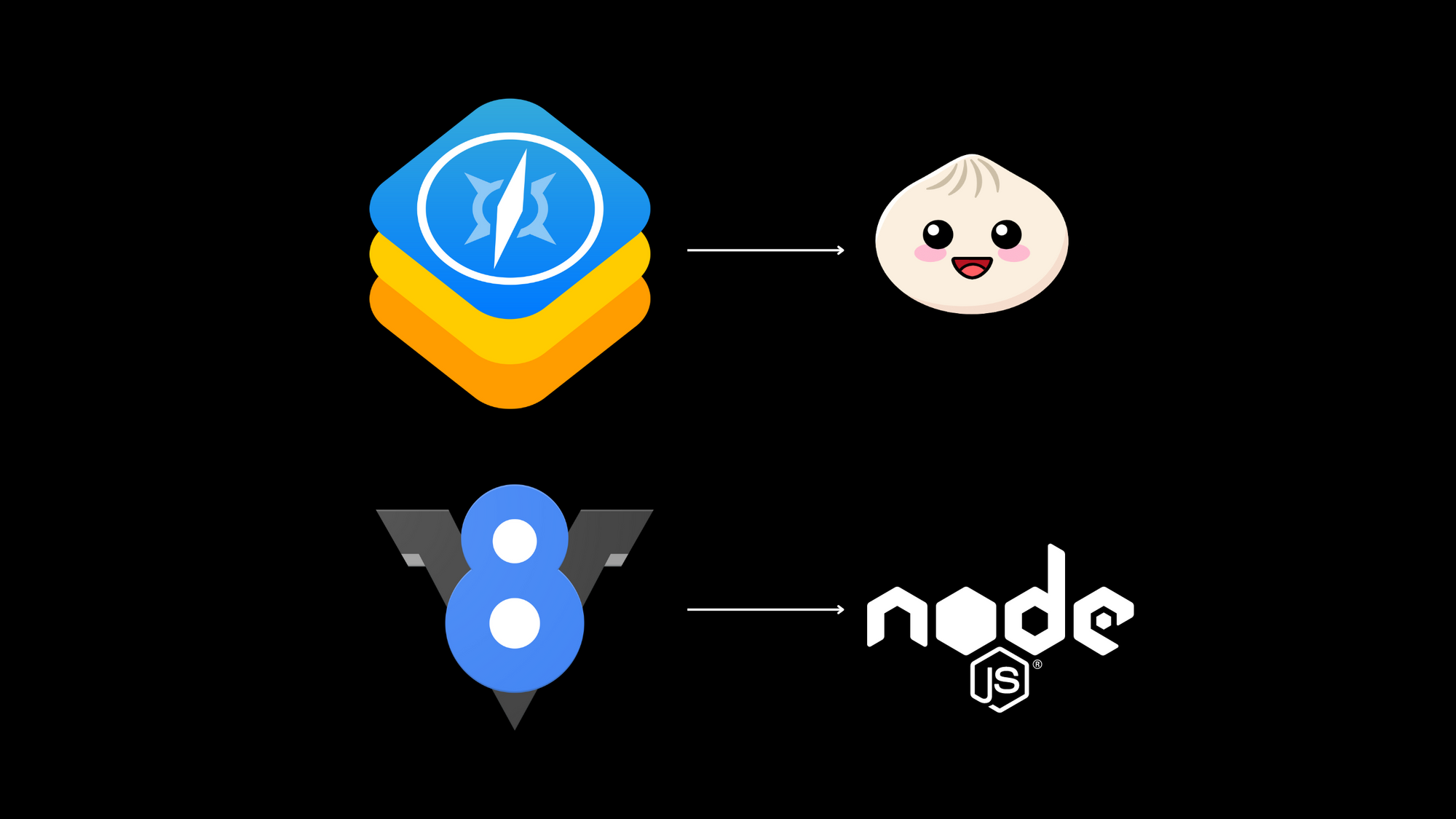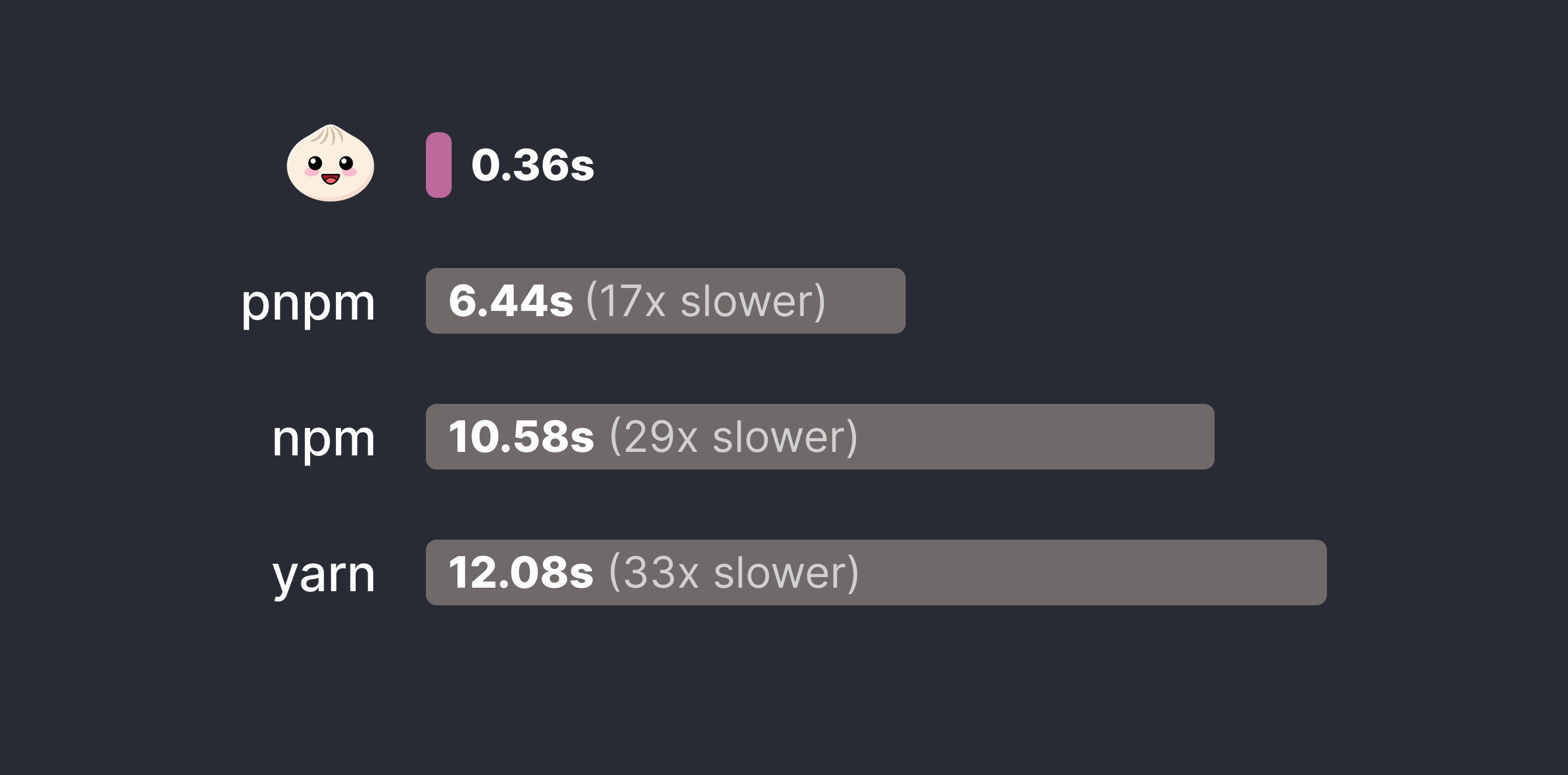Bun? End of NodeJS?
Recently, @jarredsumner launched Bun .
Let’s understand what Bun is and can it actually replace Node?
What is Bun?
Bun is a new JavaScript runtime built from scratch to serve the modern JavaScript ecosystem. It provides a minimal set of highly-optimized APIs for performing common tasks, like starting an HTTP server and writing files.
Bun is a complete toolkit for building JavaScript apps, including a package manager, test runner, and bundler. It is designed as a drop-in replacement for Node.js. It natively implements hundreds of Node.js and Web APIs, including fs, path, Buffer and more.
The goal of Bun is to run most of the world's server-side JavaScript and provide tools to improve performance, reduce complexity, and multiply developer productivity.
Why is Bun so fast?
Bun is fast because it uses uses JavaScriptCore (JSC), which is an open source JavaScript engine developed by Apple for Safari, While Node.js uses Google's V8 engine that power's Chrome browser. The former has been optimized for faster startup time.

No need of NPM, YARN?
Now, we don’t need tools like npm, pnpm, or yarn because Bun is 17 times faster. Take a look at the data below:
Bun Supports Hot Reloading
Bun supports hot reloading out of the box so you don’t need tools like Nodemon. It will automatically refresh the server when running JavaScript or TypeScript Code.
You can replace npm run with bun run to save over 150ms milliseconds every time you run a command.
Here is the full chart:

From the chart above, using npm takes about 176ms to run, yarn takes about 131ms. In the case of pnpm, it takes 259ms. However, it takes about 7ms in the case of Bun. That's fast, isn't it?
No need of Bundler?
Bun is also a JavaScript bundler with best-in-class performance and an ESBuild-compatible plugin API, so we don’t need things like:
- ESBuild
- Webpack
- Parcel, .parcelrc
- Rollup, rollup.config.js
No need of Transpiler?
Furthermore, it proudly boasts compatibility with TypeScript and TSX files, and notably, it delivers superior speed compared to Node.js. A pivotal feature of Bun is its adeptness in supporting both Common JS and ES modules.
Final thoughts
While Bun is getting a lot of hype recently we cannot say it will replace Node, Node as a runtime has to undergo many improvements but it is the ecosystem, community support which is why Node is the top most choice for Javascript runtime among Developers.
Also, although Bun is Open Source it’s parent company is supported by heavy VC investment which means we could experience vendor lock-in like we already experience in NextJS through Vercel.
Overall, let’s see what the future unfolds, if you are a Developer, make sure to try Bun, you will love the experience of using it if you are a Developer coming from Node ecosystem.